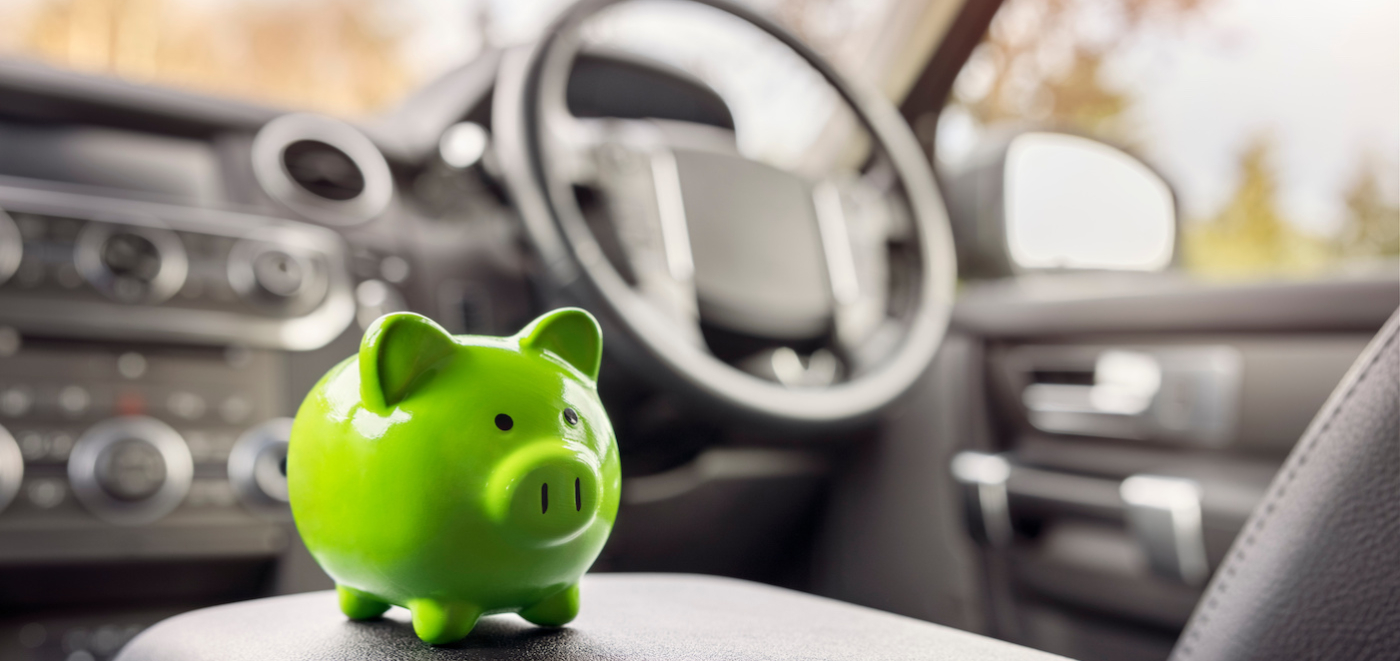Are Auto Insurance Rates the Same for a Leased vs. Purchased Vehicle?
.jpg)
Leasing a new car can be a great opportunity – the deals for great cars with a low monthly payment are advertised everywhere. There are many things to consider before leasing a vehicle: one area often overlooked is the impact a leased vehicle will have on auto insurance rates. Insuring a leased vehicle is not so different from insuring an owned vehicle. Here are a few of the key differences:
Automobile Liability:
Since the leasing company is the owner of the car, it is possible that they will be named in a law suit that is brought against you for damage or injury to a third party. To cover this possibility, the leasing company will as to be added as an “Additional Insured” on your. This addition will not affect your auto insurance rates – it is similar to the loss payee part of an auto insurance policy.
You will be required to carry a minimum amount of liability insurance, typically $100,000 per person, $300,000 per accident for bodily injury liability and $50,000 for property damage liability. If you do not currently carry that much liability, you will be required to increase your limits. Depending on your age, driving record or geographic location, increasing liability limits can have a dramatic impact on your auto insurance rates.
Physical Damage: Comprehensive and Collision.
Leasing companies require that you carry full coverage for physical damage with a minimum deductible (usually $500). Auto insurance rates for Comprehensive and Collision coverage depends on the vehicle, among other things. If the car you are considering is more expensive than the car you have, you may be surprised about the increase in premium.
Lease Gap Insurance:
What is gap insurance? If a leased car is totaled in an accident, the insurance settlement may not be high enough to pay off the lease because of rapid deprecation in the first few years of car ownership. Gap insurance will pay the difference between what you owe and what you get from the insurance company.
Leases often require that you carry it. In fact, gap insurance premiums may be built into your lease payment amount. Be certain to read your contract carefully and know what is included in your payment.
Many insurance carriers offer gap insurance as an add-on to their auto policies. Many lenders will offer this valuable coverage for no additional fees for the first year or two of a loan. If the lease does not include gap insurance, shop around a bit for the best auto insurance rates; the cost of gap insurance varies widely.
If you are uncertain about the impact of the lease on your auto insurance rates, contact fill out your zip code at the top of this page for a hypothetical auto insurance quote.
